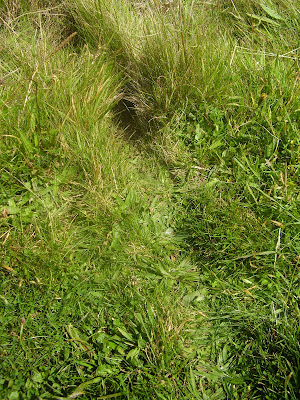


And it was the concentration of neolithic sites which was one of the highlights. Here is the dig going on at the Ring of Brodgar (free talks each day by one of the archaeologists involved; the large hall like building narrows to an apparently ceremonial fire place), a small house at Skara Brae (part of a coastal village village uncovered by a twentieth century storm; the domestic fire place at the centre and beds built into the walls), and the entrance to the Unstan tomb (one of many left unattended for tourists simply to let themselves into). This is without starting on Maeshoe (the entrance passage lit up by the setting winter solstice sun; I feel a Christmas sermon developing including 'to satisfy which instinct are we brought to church this Midnight?') and the neighbouring Barnhouse village and Stones of Stenness (between which the central fire place stones appear to have been moved).





